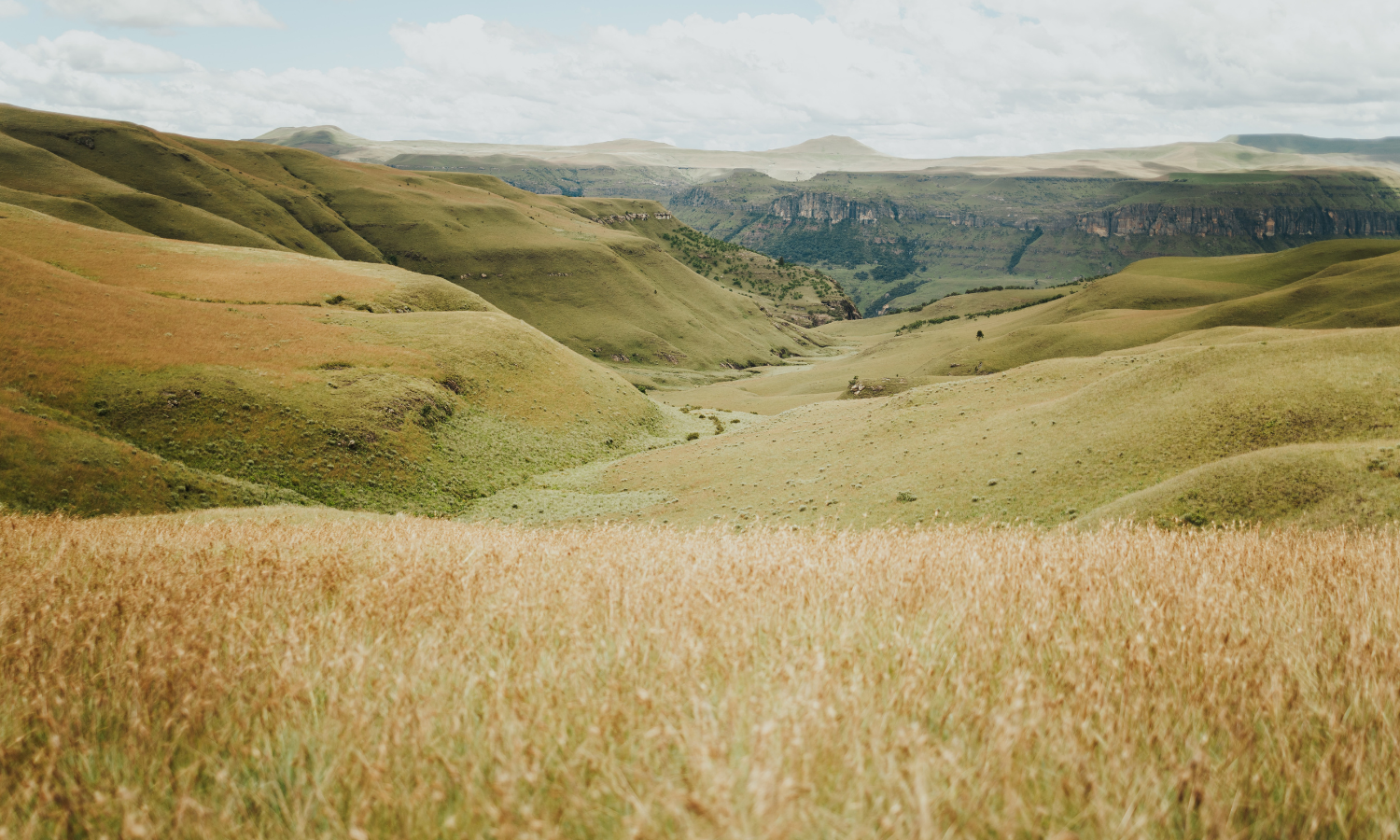The Food and Agriculture Organization of the United Nations (FAO) recently published its first ever Global Assessment of Soil Carbon in Grasslands. The assessment offers insight to governments seeking to establish policies for carbon sequestration in soils.
Grasslands cover nearly 70 percent of global agricultural area, according to a paper published in Agronomy. These ecosystems can support both wild species and grazing herds. Below the surface, these crucial ecosystems sequester carbon, drawing it out of the atmosphere where it contributes to the greenhouse gas effect. But The Nature Conservancy reports that these ecosystems are the least protected.
Grazing lands face threats from “urban sprawl, agricultural conversion and energy development,” according to The Nature Conservancy. The FAO assessment adds that grassland soils have “suffered” from human activities such as intensive livestock grazing and agriculture.
Grasslands currently hold about 20 percent of global soil organic carbon stocks, according to the assessment. Acknowledging the power of grasslands, the assessment covers both the current state of grasslands and estimates their potential to sequester carbon in the soil.
Among its key findings, the assessment reveals a negative carbon balance in East Asia, Central and South America, and sub-Saharan Africa. In soils, a negative carbon balance means organic matter outputs–losses from tilling, plant usage, and water leaching–are higher than organic matter inputs. This leads to unproductive, nutrient-depleted soils with low organic matter content.
The FAO assessment supports findings in a 2020 paper from Dr. Bezaye Tessema, Researcher and Postdoctoral Associate with Rice University, who studies grasslands in East Africa. The study summarizes carbon sequestration potential of grasslands in six East African countries, and uncovers “a lack of published studies on the soil organic carbon (SOC) sequestration potential of grasslands in East Africa.”
Tessema says that although the region is still “underrepresented” in published research, the assessment brings attention to the subject. “Having this information from the FAO, especially on the negative carbon balance, is really a huge opportunity,” she tells Food Tank.
Tessema is currently investigating the potential of carbon markets in Africa and sees the assessment as a “timely resource” for furthering investment in the sector and the region. This is noteworthy given the FAO’s finding that “Sub-Saharan Africa and South Asia show the highest potential for carbon storage on a per hectare basis.”
The assessment says that governments should work with the livestock industry to incentivize rotational, planned, or adaptive grazing methods. Laura Paine, Senior Outreach Specialist at the University of Wisconsin-Madison Grassland 2.0, stresses the role of livestock in sustainable grassland management.
“The fifth soil health principle, and in my mind the most important one, is ‘integrate livestock.’ Farmers who have no livestock in their system have a limited number of tools…With the addition of livestock, there is the potential for perennial pastures, perennial hay, annual forages, and grazing crop residues, reducing tillage and increasing the return of carbon to the soil,” Paine tells Food Tank.
Both Paine and Tessema agree that the inaugural FAO assessment provides a comprehensive overview of grasslands. In terms of the assessment’s impact on U.S. policy, Paine doubts the assessment’s ability to confront the barriers to a sustainable livestock industry.
“Many acres of native or unimproved grasslands in the American West are overgrazed and/or managed poorly, leading to soil carbon loss. The livestock economy doesn’t reward improved management that could lead to increased carbon storage,” Paine tells Food Tank.
By identifying hotspots where interventions need to be implemented, the FAO’s assessment could spur action, Tessema says. She hopes the assessment will encourage investment in specific, local data and, down the line, improve food security by improving soil productivity.
Articles like the one you just read are made possible through the generosity of Food Tank members. Can we please count on you to be part of our growing movement? Become a member today by clicking here.
Photo courtesy of Melissa Brown, Unsplash













